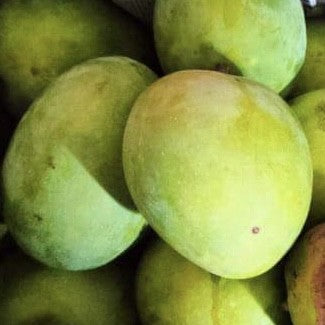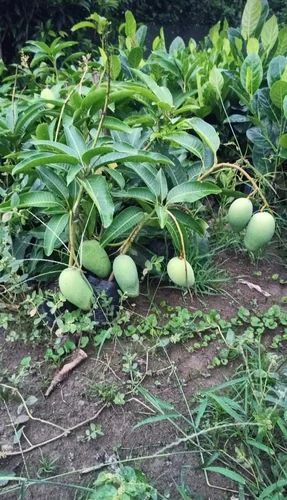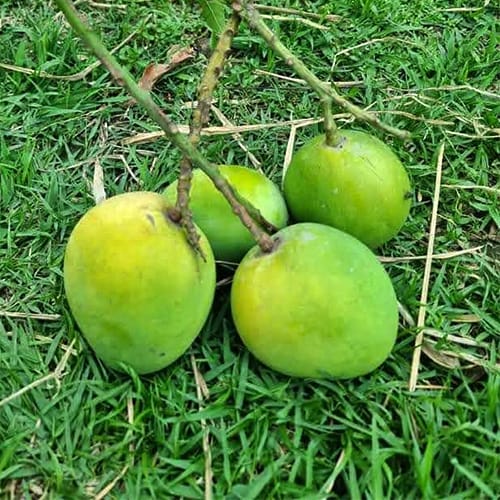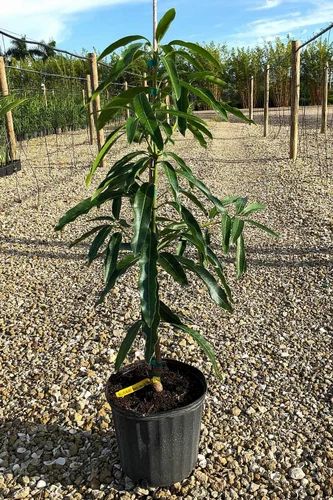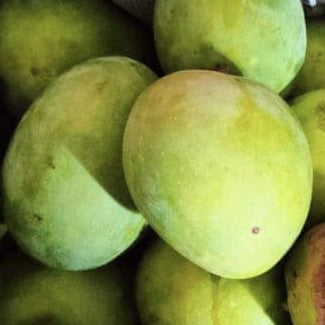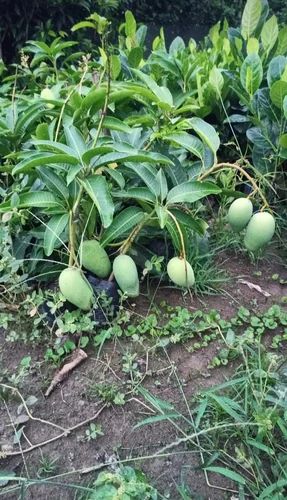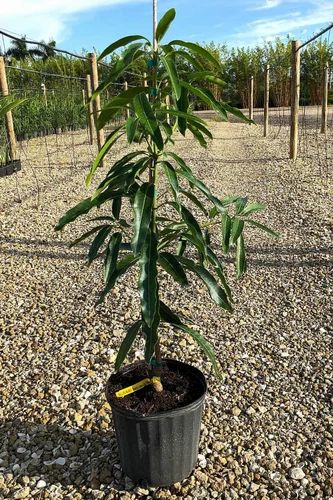Plantparadise
Gobindobhog Mango Plant
Gobindobhog Mango Plant
Couldn't load pickup availability
"Gobindobhog" is a famous mango variety primarily grown in West Bengal, India. It is highly regarded for its unique taste, aroma, and appearance. Here is a description of the Gobindobhog mango plant:
-
Origin: The Gobindobhog mango variety is native to West Bengal, a state in eastern India, and is named after "Gobindo Bhog," which means "food for the gods" in Bengali, reflecting its exquisite flavor.
-
Tree: The Gobindobhog mango tree is a medium-sized evergreen tree with a dense and spreading canopy. It can grow up to 10-15 meters in height, though specific sizes may vary depending on cultivation and pruning practices.
-
Leaves: The leaves of the Gobindobhog mango tree are dark green, glossy, and elongated, measuring around 15-30 cm in length. They provide a lush appearance to the tree and create a refreshing shade.
-
Flowers: The mango tree produces small, fragrant, and white flowers in clusters called inflorescences. These flowers are essential for pollination and eventually develop into mango fruits.
-
Fruits: Gobindobhog mangoes are relatively small to medium-sized fruits, typically weighing around 200-300 grams each. They have a distinctive oblong or ovate shape with a pointed tip and a slightly flattened appearance. The skin of the Gobindobhog mango is smooth, thin, and unblemished, turning from green to golden yellow as it ripens.
-
Color and Texture: Once ripe, the Gobindobhog mango has a vibrant golden-yellow skin with a pinkish-red blush on the shoulders. The flesh is tender, juicy, and fiber-free, making it a delightful eating experience.
-
Taste: The hallmark of Gobindobhog mango is its exceptional flavor. It is known for its sweetness, aromatic fragrance, and a unique blend of tropical flavors that make it stand out among other mango varieties.
-
Harvesting Season: The Gobindobhog mangoes are usually available during the early to mid part of the mango season, which is typically from June to July in West Bengal.
-
Cultivation: The Gobindobhog mango is primarily cultivated in the regions of West Bengal, where the climate and soil conditions are suitable for mango production. Like other mango varieties, it requires a warm climate, well-drained soil, and adequate sunlight for optimal growth.
Materials
Materials
Shipping & Returns
Shipping & Returns
Dimensions
Dimensions
Care Instructions
Care Instructions
